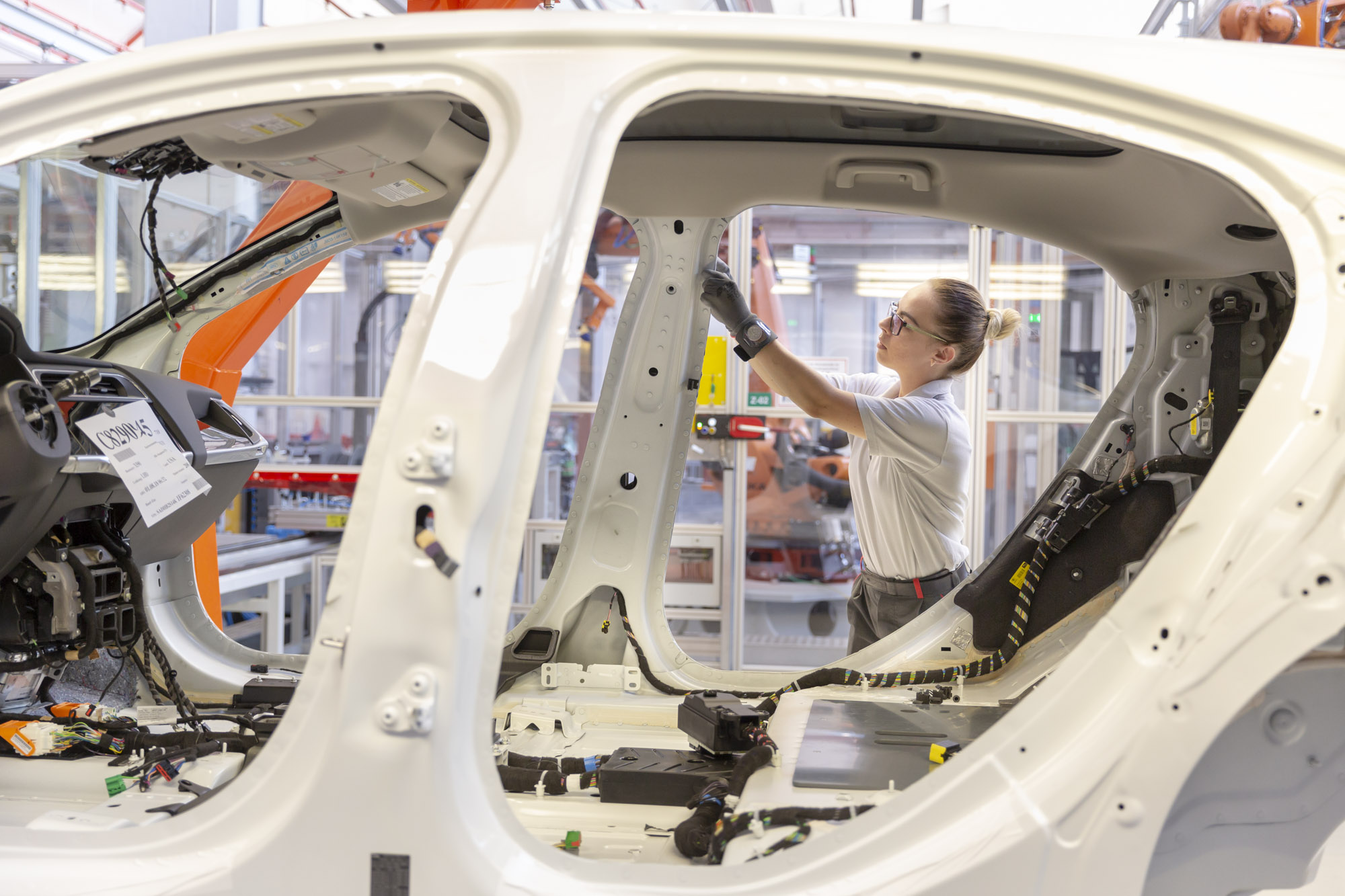How to Pitch to Investors: the Basics Needed for Success
Before reaching out to find investors, there are several vital things a new entrant needs to clarify beforehand. Some of these things encompass basic questions about the project:
- To what extent is the idea feasible and serializable?
- Is there an existing target market and are there potential customers?
- What business model is planned?
- What are the budgetary expectations?
- What benefits does the project provide over similar products?
- How will supply, sales, after-sales networks, etc. be (roughly) established?
Especially during the search for angel investors and even more during pitching to investors proving this level of credibility and consistency is important for new entrants in particular. These factors can only be met if a strong foundation of verifiable data is available.
This data may (and most likely should) include
- market research,
- a business plan,
- a realistic revenue model,
- a feasibility study,
- a comparison with a benchmarking vehicle and
- basic technical specifications.
A Driving Force when Pitching to Investors: USP, Branding and Your Own Conviction
The communication between investors and the new entrant doesn't start at the pitch meeting, but rather at a much earlier stage. Ideally, a new entrant meets investors and industry experts at automotive events, roadshows or similar gatherings.
Such events provide opportunities to generate excitement and curiosity amongst the automotive investing community about the vehicle project. Just by sharing the idea, presenting the vehicle’s USP and inspiring listeners with their own conviction and passion, new entrants can already generate a very favorable first impression already before starting to pitch to investors.
And they should do so: Because any future investor, especially if they should function as the angel investor for the new entrant’s business, should be a reliable partner who believes in the new entrant’s business and vehicle. If investors are not confident in an idea, any future cooperation will prove to be difficult or perhaps even impossible.
In order to lay the groundwork for any potential investor-sponsee partnership, establishing a brand identity is also important. A new entrant does not only plan the development and production of their vehicles, they also create a business identity. That's where branding comes into play when you are planning your pitch to investors.
On the basis of the vehicle's USP and general traits, a brand is created. This brand ideally includes its own name, a logo, a corporate design and a website. This way, all future business communication starts out with a solid foundation and allows for a polished and seamless execution.
The Importance of a Good Story when You Pitch to Investors
A successful method of communicating ideas to the public, potential investors and customers alike is through the use of storytelling. Storytelling can serve as a special strategy to create a solid framework that helps with concretizing and unifying a brand's narrative.
Combining the vehicle idea and the personal identity of the new entrant into a well-crafted story requires a lot of consideration and effort. But the result will pay off, as differentiation from the competition is becoming increasingly difficult and the need for a clear brand identity grows ever larger.
With a captivating story, a new entrant gains a both easy and efficient way of communicating their goals and what makes the vehicle unique. Investors will of course also consider public interest in their decisions. If those customers already express interest or appreciation for the vehicle's brand identity, potential investors will be considerably easier to convince.
How to Pitch to Potential Investors with the Right Arguments
How to pitch the idea for a big project to Investors? It is certainly not easy. In only a few minutes and with limited visual representation, the entire vehicle idea as well as technical and financial data have to be summarized. However, this exact summary is vital in communicating both the current state and future potential of the new entrant’s automotive vision to the potential investor. To achieve this goal, good preparation is necessary. All relevant data must be systematically collected and organized, and important milestones of the vehicle development need to be determined. When pitching the project, new entrants should be able to sell potential investors on the idea of a successful partnership, a well thought-out and planned project and their return on investment. If the new entrant has communicated their brand beforehand in a smart way, potential investors will already be willing to invest, even before they are formally presented the business idea. All they need are the right arguments to be won over with.
Your Investor Pitch Was Successful? So What's Next?
Thorough preparation, preemptively establishing investor connections and communicating effectively and enthusiastically are all challenging on their own – and even more challenging when combined. However, bridging this gap between those efforts will (literally) pay off. It can prove beneficial to consider getting help from outside the new entrant’s own business. This can help them to stay on course and get input from experts. For example, consulting firms that offer these kinds of services – market research, sales opportunities, and more – exist globally. Manufacturing partners are also an essential source of help, as they will provide important basics and automotive experience. Having either consulting firms or manufacturing partners (or even both) backing the project will positively contribute to how an investor perceives a new entrant’s competence. And will therefore make it notably easier to convince investors of the story behind a vehicle.
(1) Please refer to „Article 1: How to Find Investors to Support Your Vision“ for additional information about angel investors.





